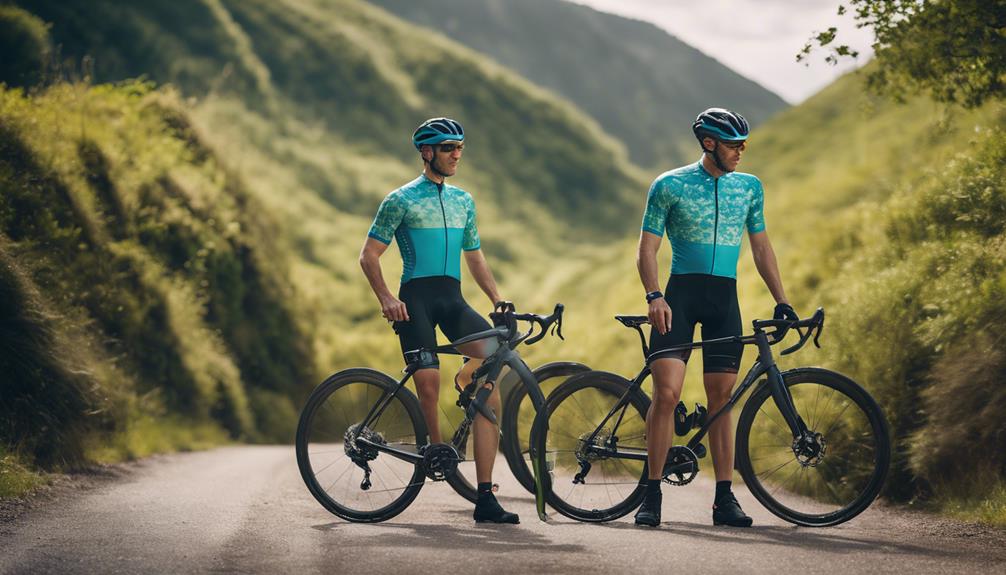As urban areas become increasingly congested and the demand for sustainable transportation options grows, electric bikes (e-bikes) have surged in popularity. Among the various types of e-bikes available, cheap electric bikes are capturing the attention of budget-conscious consumers looking to reduce their carbon footprint without breaking the bank. This article explores the benefits, features, and considerations of cheap electric bikes, providing a comprehensive overview for anyone interested in making the switch to electric cycling.
What Are Cheap Electric Bikes?
Cheap electric bikes are defined as affordable e-bikes that typically range in price from $500 to $1,500. These bikes offer an electric motor that assists with pedaling, making them an ideal choice for commuting, leisure riding, and even tackling hilly terrain without excessive effort.
Why Choose a Cheap Electric Bike?
There are numerous reasons to consider a cheap electric bike as your primary mode of transportation:
- Cost-Effective Transportation: With rising gas prices and public transportation costs, e-bikes can provide a more economical alternative.
- Environmental Benefits: E-bikes produce zero emissions, making them an eco-friendly choice for urban commuting.
- Health Benefits: Riding an e-bike promotes physical activity, encouraging a healthier lifestyle.
- Time Efficiency: E-bikes allow riders to bypass traffic and reduce travel time, particularly in congested areas.
Key Features of Cheap Electric Bikes
When selecting a cheap electric bike, it’s essential to understand the features that can impact your riding experience. Here are some key aspects to consider:
- Motor Power: Most cheap electric bikes have motors ranging from 250W to 750W. Higher wattage typically results in better performance on steep hills.
- Battery Life: The range of an e-bike is determined by its battery capacity. Look for models that offer at least 20-50 miles on a single charge.
- Weight: Lighter bikes are easier to handle and transport, but they may sacrifice some durability.
- Frame Material: Common materials include aluminum (lightweight) and steel (more durable but heavier). Choose according to your needs.
- Braking System: Disc brakes provide better stopping power and are generally recommended for e-bikes.
Popular Cheap Electric Bike Models
Several brands have emerged in the market, providing affordable options without compromising quality. Here are some popular models worth considering:
- Ancheer 26” Electric Mountain Bike: Priced around $500, this model features a 250W motor and a removable lithium battery, offering a good balance of performance and affordability.
- Merax 26” Electric Mountain Bike: With a price point of approximately $600, the Merax bike comes equipped with a 350W motor and a strong aluminum frame, making it suitable for various terrains.
- ECOTRIC Fat Tire Electric Bike: This e-bike, priced around $750, features fat tires for better stability and traction, making it ideal for off-road adventures.
- Swagtron EB-5 Pro: At about $600, this folding e-bike is perfect for commuters with limited storage space and has a range of up to 15 miles on a single charge.
Case Studies: Real-World Usage of Cheap Electric Bikes
To better understand the impact of cheap electric bikes, let’s examine a few case studies where individuals have successfully integrated e-bikes into their daily lives:
Case Study 1: Urban Commuter
Jane, a 32-year-old marketing professional in San Francisco, decided to purchase an Ancheer e-bike to commute to work. By replacing her daily bus rides with cycling, she not only saved $150 a month but also enjoyed the added benefit of regular exercise. Jane reports that her commute time decreased from 45 minutes to just 25 minutes, allowing her to invest more time in her personal life.
Case Study 2: Student Life
Mark, a college student in Austin, Texas, opted for a folding e-bike to navigate his campus efficiently. By using the Swagtron EB-5, he minimized his reliance on public transportation and avoided the hassle of parking. Mark found that he could travel from one end of campus to the other in under 10 minutes, which significantly improved his academic experience.
Case Study 3: Family Outings
Lisa and Tom, parents of two, invested in a pair of Merax electric bikes for family outings. They found that the bikes made weekend trips to local parks and trails much more enjoyable, allowing them to cover greater distances without tiring out their children. The family now engages in more outdoor activities together, fostering a healthier lifestyle.
Challenges and Considerations
While there are many benefits to owning a cheap electric bike, potential buyers should also consider some challenges:
- Battery Maintenance: Regular charging and care for the battery are essential to prolonging its lifespan.
- Legal Regulations: Different regions have varying laws regarding e-bike usage, including speed limits and whether they are allowed on bike paths.
- Safety Concerns: Like any vehicle, e-bikes can pose risks. Riders should prioritize safety gear, including helmets and reflective clothing.
- Limited Features: Some cheaper models may lack advanced features such as integrated lights or high-quality displays.
Conclusion
Cheap electric bikes represent a practical and sustainable alternative for modern commuting and recreational activities. With their affordability, environmental benefits, and health advantages, they are becoming increasingly popular among diverse demographics. As urban centers continue to grapple with traffic congestion and pollution, e-bikes may provide an effective solution for creating a more sustainable future.
In summary, whether you are a busy professional, a student, or a family looking for more outdoor activities, a cheap electric bike could be the ideal option for you. By considering the key features, popular models, and real-world case studies, you can make an informed decision and join the growing number of individuals embracing this innovative mode of transportation.
